HS35R Hollow-shaft Incremental Motor Encoder
Reliable Hollow-Shaft Encoder Offers Extreme Performance for Heavy Duty Applications
Customize & Buy Now- Up to 5000 PPR
- Optical Sensing
- Up to IP67
Other Categories
Optical Rotary Encoders
Magnetic Rotary Encoders
Hollow-Shaft Encoders
Hub-Shaft Encoders
Shaft Encoders
Miniature Encoders
Hazardous Area Encoders
Non Contact Encoders
Bearingless Encoders
Ethernet Protocol Encoders
Service & Support Overview
Product Quicklinks
Competitor Parts List
Discontinued Encoder Guide
Literature Library
RMA Request
Technical Support
Product Manuals & Installation Guides
Knowledge Center
Technology
How to Choose Feedback
Application Examples
Case Studies
Encoder Issues and Troubleshooting
White Paper Downloads
Literature Library
Power Point Downloads
Videos
Featured Links
Motor Encoders
Quadrature Encoders
Optical Encoders
Magnetic Encoders
How to Specify a Resolver
Draw Wire Encoders
Hall Effect Encoders
Encoder Accuracy vs Resolution
If you're exploring motor control systems, you've likely come across the term "motor encoders." These devices are crucial for providing closed-loop feedback control, enabling precise management of motor speed and position. But what exactly are motor encoders, how do they work and why are they so vital? In this guide, we'll explain how motor encoders work, the various types available, and their importance in motor control systems.
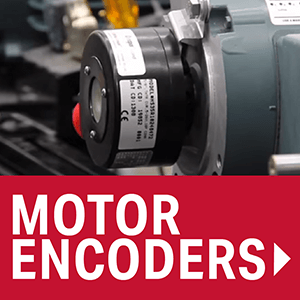
This article will cover (click to jump to each section):
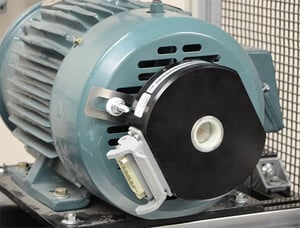
Motor encoders are rotary encoder measures the position and speed of a motor's shaft. They provide feedback to the motor control system, allowing it to adjust the motor's speed and position in real-time.
Two motor encoder types exist: absolute encoder and incremental encoder.
Absolute encoders are essential for providing precise position information in motor control systems. They come in two main types
Single-turn absolute encoders:
Multi-turn absolute encoders:
Absolute encoders ensure accuracy even after power loss or system shutdown, making them indispensable for applications demanding high precision and reliability. Contact us to explore our range of rotary encoders, tailored to your specific needs.
Incremental encoders are widely used in motor control systems to determine the motor's direction and number of steps taken. While they lack absolute position information, they offer simplicity and cost-effectiveness. Despite this limitation, incremental encoders excel in high-speed and high-accuracy applications, making them a preferred choice for various industrial applications.
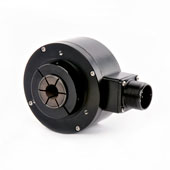
Reliable Hollow-Shaft Encoder Offers Extreme Performance for Heavy Duty Applications
Customize & Buy Now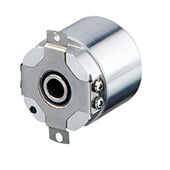
1.5" OD Compact Hollow-Shaft Absolute Encoder with Up to 22 Bits ST and 12 Bit MT
Customize & Buy Now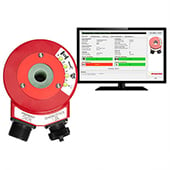
Programmable Hollow Shaft Motor Encoder with Specific Fault Detection Capabilities
Customize & Buy Now.png?width=300&height=257&name=encoders1%20(1).png)
Motor encoders are essential for any motor control system that requires high levels of accuracy and precision. You need to know the exact position and speed of a motor's shaft to achieve the necessary control. Motor encoders are commonly used in a range of applications, including:
Whether you're looking for a motor encoder for a specific application or you're just interested in learning more about motor encoders, we're here to help. Contact us today to learn more about our range of motor encoders and how they can benefit your operations.
When selecting components for a closed-loop control system, the motor encoder choice is first determined by the type of motor chosen in the application. The most common motor types are:
The next factor impacting motor encoder selection is the mounting option, and the most common options are:
Use our selection tool to narrow down your search
© Copyright Dynapar 2025 All Rights Reserved